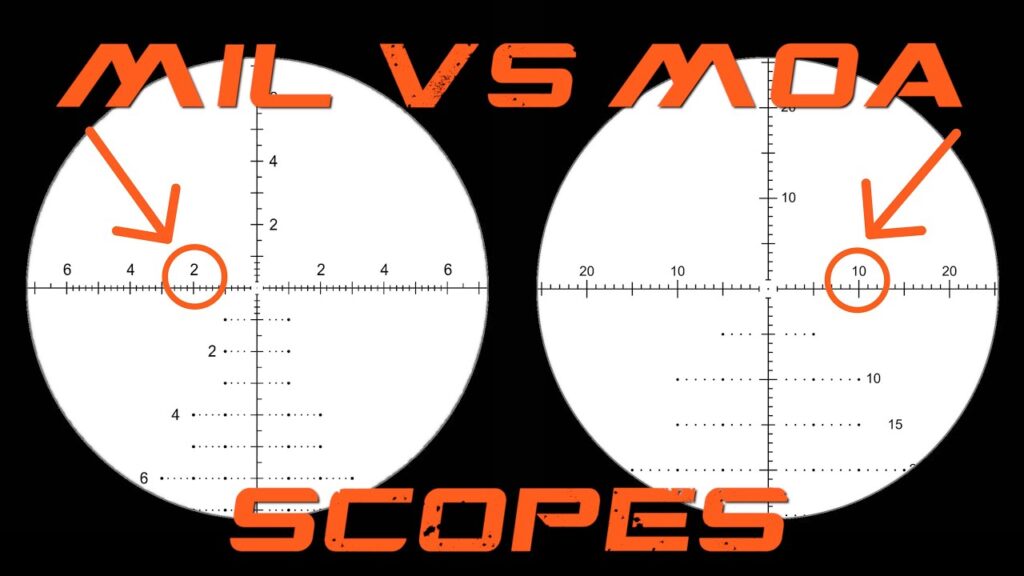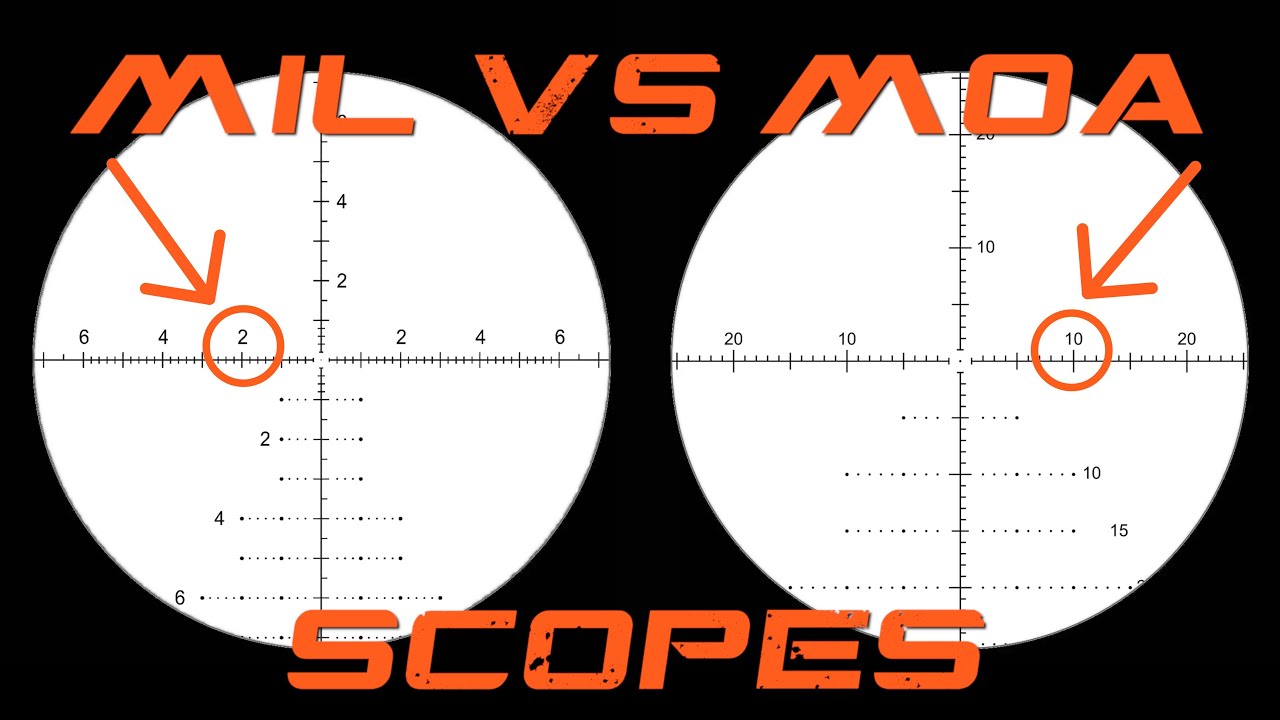
3.25 MOA vs 6.5 MOA: Choosing the Perfect Red Dot Sight
Choosing the right red dot sight can significantly impact your shooting accuracy and speed. When comparing options, the dot size, measured in Minutes of Angle (MOA), is a crucial factor. The debate between 3.25 MOA vs 6.5 MOA is a common one, with each size offering distinct advantages depending on the intended application. This comprehensive guide will delve into the intricacies of each dot size, providing you with the expert knowledge needed to make an informed decision.
This article provides an in-depth comparison of 3.25 MOA and 6.5 MOA red dot sights. We’ll explore their definitions, applications, advantages, and disadvantages. We aim to provide a clear understanding of which dot size is best suited for different shooting scenarios, helping you choose the optimal sight for your needs. Whether you’re a seasoned shooter or just starting, this guide will provide the insights you need to improve your accuracy and shooting experience.
Understanding MOA: A Quick Primer
MOA stands for Minute of Angle, a unit of angular measurement used in shooting. One MOA roughly translates to 1 inch at 100 yards. Therefore, a 3.25 MOA dot covers approximately 3.25 inches at 100 yards, while a 6.5 MOA dot covers about 6.5 inches at the same distance. Understanding this relationship is fundamental to choosing the right dot size.
In-Depth Look: 3.25 MOA Red Dot Sights
A 3.25 MOA red dot sight projects a smaller, more precise aiming point. This makes it ideal for scenarios where accuracy is paramount, such as target shooting, hunting, and precision shooting at longer ranges. It is the preferred choice for many experienced marksmen.
Advantages of 3.25 MOA:
- Enhanced Precision: The smaller dot size allows for more precise aiming, especially at longer distances.
- Reduced Target Obscuration: The smaller dot covers less of the target, allowing for better target identification and engagement.
- Ideal for Precision Shooting: Best suited for applications where accuracy is the top priority.
Disadvantages of 3.25 MOA:
- Slower Target Acquisition: The smaller dot can be more challenging to acquire quickly, especially in dynamic shooting situations.
- Less Visible in Bright Light: Can appear dimmer in bright sunlight, requiring a higher brightness setting.
- May Require Better Eyesight: The smaller dot size can be difficult to see for those with impaired vision.
In-Depth Look: 6.5 MOA Red Dot Sights
A 6.5 MOA red dot sight projects a larger, more visible aiming point. This is beneficial for quick target acquisition, close-quarters combat (CQB), and situations where speed is crucial. Many shooters find the larger dot easier to see and track, particularly in fast-paced scenarios.
Advantages of 6.5 MOA:
- Faster Target Acquisition: The larger dot is easier to see and acquire quickly, making it ideal for fast-paced shooting.
- Improved Visibility in Bright Light: The brighter dot is more visible in bright sunlight.
- Easier to See for Those with Imperfect Vision: The larger dot is easier to see for those with impaired vision.
Disadvantages of 6.5 MOA:
- Reduced Precision: The larger dot covers more of the target, reducing precision at longer ranges.
- Increased Target Obscuration: The larger dot can obscure more of the target, making it harder to identify and engage.
- Not Ideal for Precision Shooting: Less suited for applications where pinpoint accuracy is essential.
Choosing the Right MOA: Factors to Consider
Selecting between 3.25 MOA vs 6.5 MOA depends heavily on your specific needs and shooting style. Here are some key factors to consider:
- Intended Use: What type of shooting will you primarily be doing? (e.g., target shooting, hunting, CQB)
- Shooting Distance: At what distances will you typically be shooting?
- Shooting Speed: How quickly do you need to acquire your target?
- Vision: Do you have any vision impairments that might affect your ability to see a smaller dot?
- Lighting Conditions: In what lighting conditions will you primarily be shooting?
Comparative Analysis: 3.25 MOA vs 6.5 MOA
Let’s compare 3.25 MOA vs 6.5 MOA red dots side-by-side across several key criteria:
| Feature | 3.25 MOA | 6.5 MOA |
|---|---|---|
| Precision | High | Moderate |
| Target Acquisition Speed | Moderate | High |
| Visibility in Bright Light | Moderate | High |
| Target Obscuration | Low | High |
| Ideal Use | Precision Shooting, Hunting | CQB, Fast-Paced Shooting |
Example Product: Aimpoint Micro T-2 (Adaptable to Either Size)
While the Aimpoint Micro T-2 itself doesn’t dictate a MOA size (it’s the optic you mount that determines that), it’s a top-tier red dot platform that’s compatible with different MOA sizes. It’s renowned for its ruggedness, battery life, and clarity. It’s a great example of a high-quality optic that can be adapted to suit your specific needs. It exemplifies how a quality platform can be used for various applications depending on the selected MOA. The T-2’s reputation for reliability and performance makes it a common choice among professionals and serious enthusiasts.
Features of a High-Quality Red Dot Sight (Illustrated by Aimpoint Micro T-2)
Let’s examine some key features of a high-quality red dot sight, using the Aimpoint Micro T-2 as an illustrative example:
- Durable Construction: Built to withstand harsh conditions and recoil. The T-2 is known for its exceptional durability.
- Long Battery Life: Provides extended use without frequent battery changes. The T-2 boasts an impressive battery life of up to 50,000 hours.
- Clear Glass: Offers a crisp and clear sight picture. The T-2 has excellent glass clarity and minimal distortion.
- Adjustable Brightness Settings: Allows you to adjust the dot intensity to match the ambient lighting conditions. The T-2 offers multiple brightness settings for optimal visibility.
- Parallax-Free Design: Ensures that the dot remains on target regardless of your eye position. The T-2 is virtually parallax-free.
- Waterproof and Fogproof: Protects the sight from the elements. The T-2 is fully waterproof and fogproof.
- Compact and Lightweight: Minimizes weight and bulk on your firearm. The T-2 is incredibly compact and lightweight.
Advantages and Benefits of Using a Red Dot Sight
Red dot sights offer several advantages over traditional iron sights, including:
- Faster Target Acquisition: Allows you to acquire your target much faster than with iron sights.
- Improved Accuracy: Provides a clear and precise aiming point.
- Enhanced Situational Awareness: Allows you to keep both eyes open, maintaining better situational awareness.
- Easier to Use: Simpler to use than iron sights, especially for beginners.
- Versatile: Can be used in a variety of shooting scenarios.
Review: Aimpoint Micro T-2 (Illustrative Example of a Red Dot Platform)
The Aimpoint Micro T-2 serves as an excellent example of a high-quality red dot sight platform. While our focus is on 3.25 MOA vs 6.5 MOA, understanding the quality of the sight itself is crucial. The T-2 is praised for its ruggedness, long battery life, and clear glass. It’s a popular choice among law enforcement, military personnel, and competitive shooters.
Pros:
- Exceptional Durability: Built to withstand extreme conditions.
- Incredible Battery Life: Up to 50,000 hours of use.
- Crystal Clear Glass: Provides a clear and crisp sight picture.
- Compact and Lightweight: Minimizes weight and bulk.
- Waterproof and Fogproof: Protected from the elements.
Cons:
- High Price: One of the more expensive red dot sights on the market.
- Requires Mount: Does not come with a mount, which must be purchased separately.
- Small Size: Can be difficult to manipulate for those with large hands.
Ideal User Profile:
The Aimpoint Micro T-2 is best suited for serious shooters who demand the highest level of performance and reliability. It’s an excellent choice for law enforcement, military personnel, and competitive shooters.
Alternatives:
Some alternatives to the Aimpoint Micro T-2 include the Holosun HE503CU and the SIG Sauer Romeo5. These are generally more affordable options, but they may not offer the same level of durability or battery life.
Expert Overall Verdict & Recommendation:
The Aimpoint Micro T-2 is a top-tier red dot sight that offers exceptional performance and reliability. While it’s a significant investment, it’s well worth the price for those who demand the best. We highly recommend the Aimpoint Micro T-2 for serious shooters who need a rugged and dependable optic. Remember to select the appropriate MOA for your specific needs.
Frequently Asked Questions (Q&A)
- Q: What is the ideal MOA size for home defense?
A: For home defense, a 6.5 MOA dot is generally preferred due to its faster target acquisition in close-quarters situations.
- Q: Can I use a 3.25 MOA red dot for hunting?
A: Yes, a 3.25 MOA red dot is a good choice for hunting, especially for precision shots at longer ranges.
- Q: Is a larger MOA dot better for people with astigmatism?
A: Generally, yes. A larger MOA dot can appear less distorted for individuals with astigmatism compared to a smaller dot.
- Q: How do I choose the right brightness setting for my red dot sight?
A: Adjust the brightness setting so that the dot is clearly visible without being too bright or causing glare. The ideal setting will vary depending on the ambient lighting conditions.
- Q: What is parallax and why is it important?
A: Parallax is the apparent shift in the position of the dot when your eye moves. A parallax-free red dot sight ensures that the dot remains on target regardless of your eye position.
- Q: How often should I replace the battery in my red dot sight?
A: Battery life varies depending on the model. Refer to the manufacturer’s specifications for the recommended battery replacement interval. Some sights can last for several years on a single battery.
- Q: Can I use a red dot sight with night vision devices?
A: Yes, some red dot sights are compatible with night vision devices. Look for models with night vision compatible brightness settings.
- Q: What is the difference between a red dot sight and a holographic sight?
A: Red dot sights use an LED to project a dot onto a lens, while holographic sights use a laser to project a holographic image. Holographic sights are generally more expensive and offer a wider field of view.
- Q: How do I zero a red dot sight?
A: Zeroing a red dot sight involves adjusting the windage and elevation screws until the dot is aligned with the point of impact at a specific distance.
- Q: Can I use a magnifier with a red dot sight?
A: Yes, many shooters use magnifiers with red dot sights for increased accuracy at longer ranges. Consider a magnifier with a quick-detach mount for versatility.
Conclusion
Choosing between 3.25 MOA vs 6.5 MOA red dot sights ultimately depends on your individual needs and shooting preferences. A 3.25 MOA dot offers greater precision, while a 6.5 MOA dot provides faster target acquisition. By carefully considering the factors outlined in this guide, you can confidently select the optimal red dot sight for your specific application. Remember, the best choice is the one that enhances your shooting performance and confidence.
Share your experiences with 3.25 MOA vs 6.5 MOA red dot sights in the comments below! What works best for you and why?

